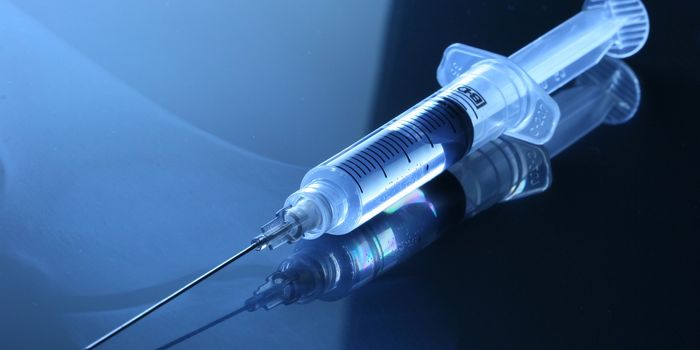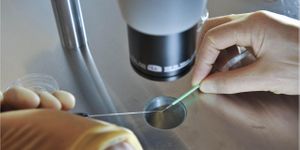The medical benefits of aspirin have been known since ancient times. Hippocrates, c. 400 BC, prescribed the salicylate-rich bark and leaves of the willow tree to reduce pain and fever. In 1897, a chemist at Bayer first synthesized acetylsalicylic acid, the form of aspirin widely used today, and in 1950, the first report of aspirin’s prophylactic potential for heart attack prevention was published. Today it is recommended that you speak with your primary care physician before making the decision to begin a daily aspirin treatment. However, in the future daily aspirin treatment may be recommended to those who suffer from multiple sclerosis, MS, and possibly other autoimmune diseases as well. Using a mouse model of multiple sclerosis called experimental autoimmune encephalomyelitis, or EAE, Mondal et al showed in Science, that aspirin is able to reduce the clinical symptoms of EAE by inducing the anti-inflammatory molecule IL-11, and supporting Tregs.
An introduction to multiple sclerosis by Polygon Medical Animation
Multiple sclerosis is an unpredictable, often disabling disease of the central nervous system that disrupts the flow of information within the brain, and between the brain and body. Following some initial “hit”, the immune system begins to attack and destroy the myelin sheaths that insulate nerves. The resulting demyelination leads to many different symptoms including vision loss, pain, fatigue, and impaired coordination.
In mice, experimental autoimmune encephalomyelitis, the murine model of MS, can be initiated by two different methods. One method mimics chronic MS, while the other mimics acute MS. Aspirin decreased the clinical symptoms of both. In EAE and MS, the central nervous system becomes a site of inflammation with infiltrating immune cells and a reduction in anti-inflammatory T regulatory cells (Tregs). So, researchers next used histology to examine the spinal cords of aspirin-treated EAE mice. EAE mice that received the aspirin treatment had less infiltrating immune cells and their myelin sheaths were preserved. Flow cytometry showed that aspirin treatment increased the frequency of Tregs while suppressing the development of pro-inflammatory TH1 and TH17 cells. When Tregs were depleted, the protective effects of aspirin were loss. Thus, aspirin ameliorates symptoms of EAE through its support of Tregs.
Further experiments to determine the mechanism by which aspirin acts showed that aspirin supports Tregs by stimulating the production of anti-inflammatory IL-11. In fact, IL-11 alone was sufficient to increase the frequency of Tregs in EAE mice.
Aspirin is already being considered for the prevention of fatigue and as an exercise pretreatment in MS patients. It will be interesting to see if it also pans out as a treatment to reduce the severity of MS symptoms. Aspirin’s induction of anti-inflammatory IL-11, was not specific to EAE and has been reported in other cell types as well. This disease-independent effect of aspirin is promising as it could mean that aspirin treatment will be effective in reducing symptoms in other autoimmune disorders as well. Someday soon, aspirin may be improving the lives of a lot more people with chronic diseases.








